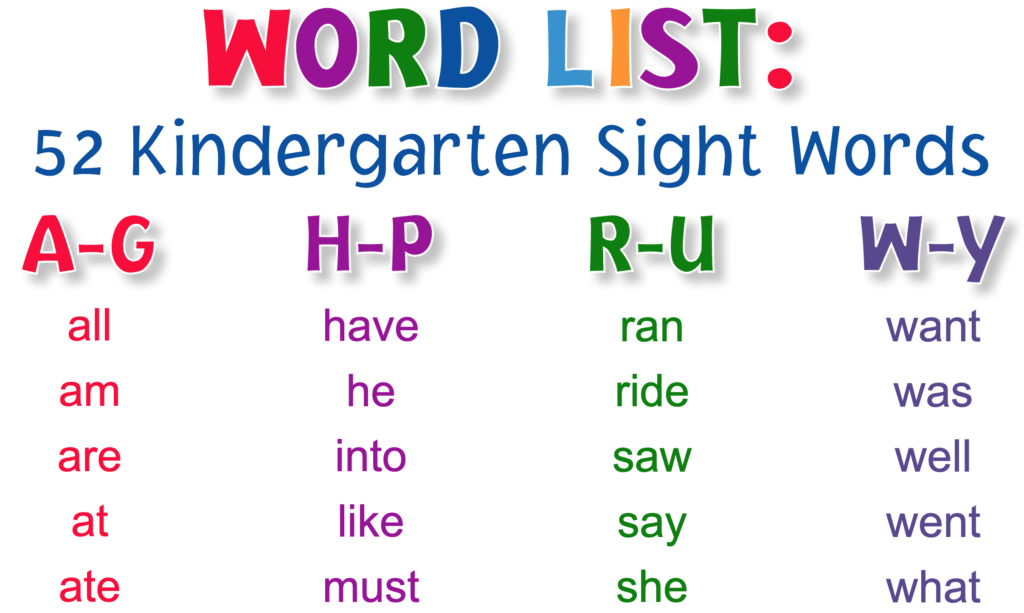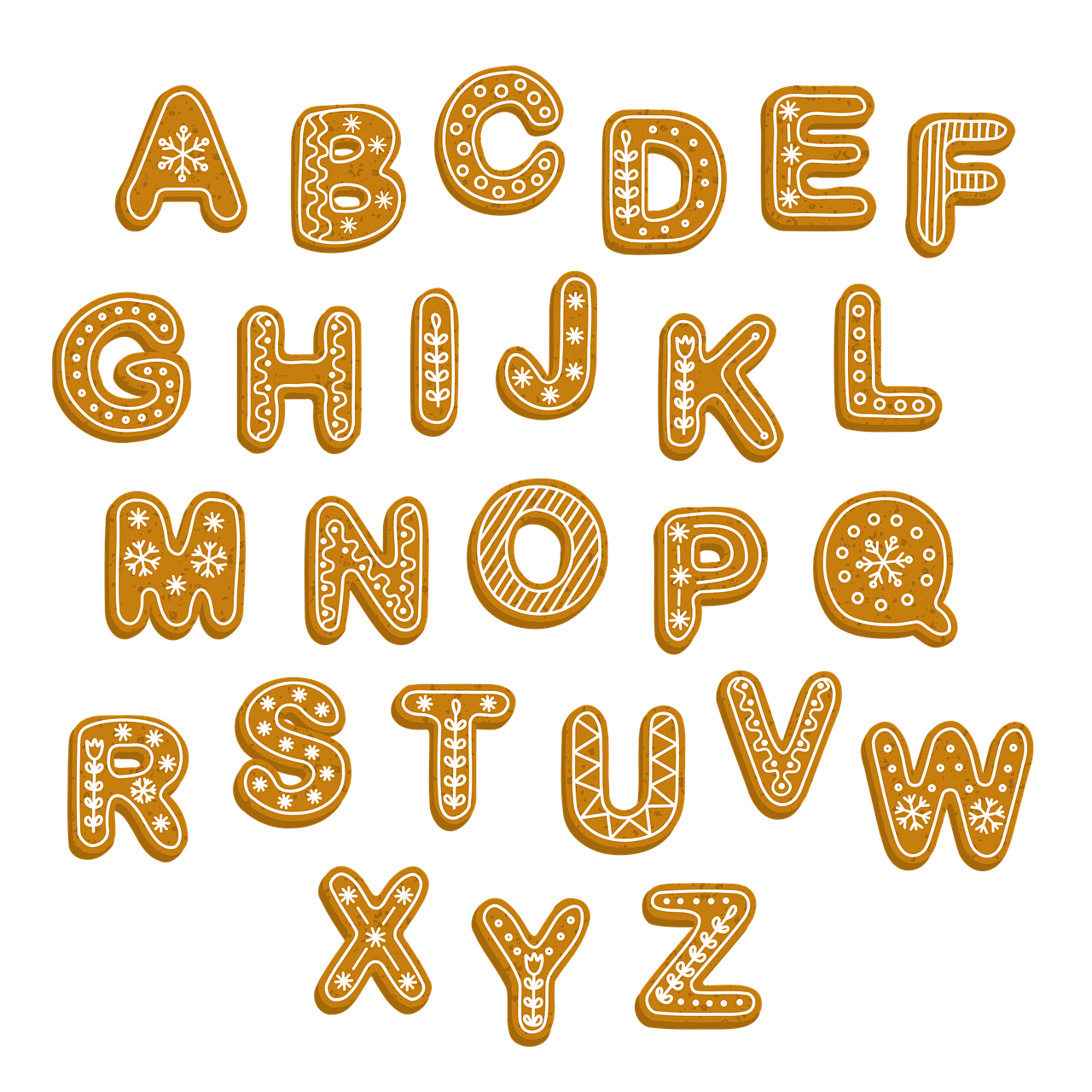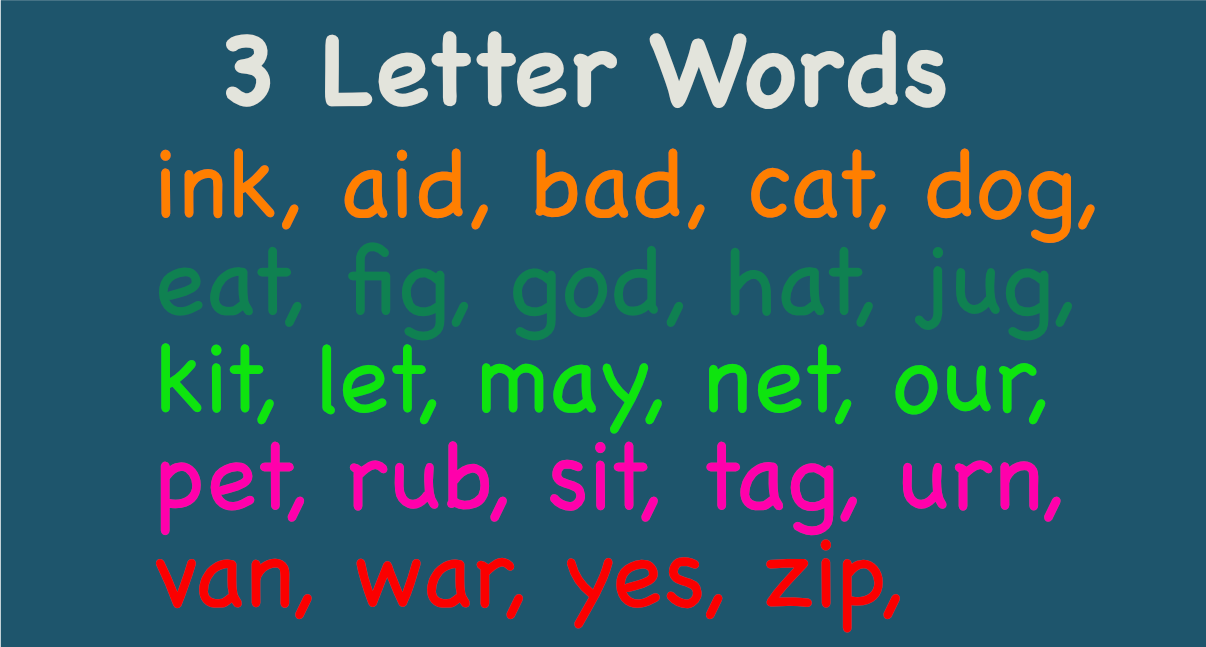
Sight words are common words that help children learn to read. They are usually short words with simple spelling rules. Students use them to practice sounding out new words and to build vocabulary.
Contents
- 1 Sight Words Teach Kids How To Read
- 2 Sight Words Are Important for Early Development
- 3 Examples of Sight Words
- 4 Dolch Sight Word List
- 5 Fry Sight Word List
- 6 Dolch Noun List
- 7 Examples Of Sight Words In Everyday Language
- 8 Strategies For Teaching Sight Words To Young Children
- 9 Use Word Walls
- 10 Use Word Games
- 11 When should sight words be taught?
- 12 There Are Many Ways Of Teaching Sight Words
- 13 How Many Sight Words Should You Teach At A Time
- 14 Various Factors Inform How Many Sight Words You Can Teach Per Lesson
- 15 Final Thoughts
Sight Words Teach Kids How To Read
Sight words are important when teaching young children to read. These words are used by teachers as a way to teach kids to recognize letters and sounds.
In order to learn how to read, kids need to understand that reading involves recognizing patterns in written language. The first step is learning to identify these patterns, these patterns are called sight words.
Sight Words Are Important for Early Development
Sight words are important for your child’s early development and learning. There are several ways to teach children these words. For example, you can use the Fry or Dolch sight word lists. You can also find examples of sight words in everyday language. However, the best way is to start with a small group of words, such as letters and numbers.
Examples of Sight Words
There are many sight words for kindergarten. Below are just some quick examples. For a comprehensive lift of Sight Words for Kindergartens Click Here for the PDF list.
| all am are at ate be black brown but came did | have he into like must new no now on | ran ride saw say she so soon that there |
Dolch Sight Word List
There are a number of ways to teach children Dolch sight words for kindergarten. Using the same approach as any other sight word instruction, you can create flashcards and use them to teach your child.
Remember, however, that each child is different and no single method will work for all children. You may need to adapt your teaching method to fit the specific needs of your student.
First, teach your child to recognize common words. This will make the reading process easier. When a child can recognize words by sight, they can focus more on learning new words.
In fact, a basic understanding of Dolch sight words can help a child read fifty percent of a newspaper, or 80% of a children’s book. It is also beneficial to teach your child how to decode words based on patterns, which is crucial for later reading skills.
Once a child has mastered the basic words, you can introduce the more challenging words. You can also make the learning process fun by incorporating Dolch Sight Words into your child’s reading program. These words can help your child develop a love of reading. They can even send a message to a friend or family member.
Dolch words are a collection of 220 common words and ninety-five nouns that provide a strong foundation for reading at an early age. While some of them can be sounded out, others must be taught by sight. This list can be a great help for students with dyslexia or other learning difficulties.
Dolch sight words for kindergarten are a great way to get your child started on reading. These words are the most common words in the English language, and their recognition is essential to reading comprehension. If you can learn them at an early age, your child will be well on their way to reading and writing.
Fry Sight Word List
The Fry Sight Word List for kindergarten is a wonderful resource for early literacy education. It includes the most frequently used words in reading and writing. It contains words of all parts of speech and is organized by frequency.
Children can learn these words by sight, and they can also benefit from practicing them in meaningful contexts. These lists can also be used as a fun way to test your child’s knowledge of the words.
The Fry Sight Word List for kindergarten contains about 1,000 words, broken up into groups of 100 words.
Many of these words are hard to read phonetically, but memorizing them can help your child develop a strong reading foundation. It can also boost their confidence. The good news is that you can download the lists for free!
You can also find worksheets and interactive cards online for the Fry words. You can launch a lesson with a few clicks. The Fry words also have a graphic representation of the features of the word. This means that even if you don’t know the word, you can easily teach it to your child.
The Fry Sight Word List for kindergarten has a different vocabulary than the Dolch list. The Dolch list consists of fewer words than the Fry list. It also includes more complex words. It has more than two hundred words, which is a great starting point for early literacy education.
Dolch Noun List
Dolch Noun List for kindergarten is a great resource for teaching your child the correct pronunciation of common nouns.
The list includes two hundred and fifty words in alphabetical order, which is important for early reading development. The list can be used from kindergarten to the second grade, and is perfect for children who are learning to read.
The Dolch Noun List includes the most frequently occurring nouns in children’s books. It is broken down by grade level, with words organized alphabetically, by frequency, and by Fry Words. For kindergarten children, the Dolch list is great as a springboard for engaging learning activities.
Dolch compiled his basic sight word list in 1936 using children’s books of the time. There are two hundred “service words” and ninety nouns. This 95-word list contains fifty-five percent of words that children are likely to encounter in newspapers or school.
Dolch words can be challenging for some children. Students with dyslexia may skip the decoding process altogether or struggle to learn even common words. This is because Dolch words are service words and not concrete nouns that can be linked to mnemonic devices.
Short-term memory may also be a problem when it comes to learning the Dolch words, so teaching these words with the use of multi-sensory tuition may be necessary.
Examples Of Sight Words In Everyday Language
Sight words are important to the development of young children’s reading and writing skills. With sight words, children don’t have to spend as much time decoding words to get their meanings.
They also develop their writing skills as they are able to compose sentences and essays. It is therefore essential to introduce sight words gradually so that kids’ memory is not overwhelmed.
While most Pre-K children can already recognize a few sight words, it is important to remember that every child has their own pace and interest level.
Start by introducing your child to fun sight word activities. However, do not push if they are not interested. It is best to let the child’s interest and developmental readiness guide the amount of work he or she is ready for.
The Dolch Word List was developed in the 1930s by Dr. Edward William Dolch. This list contains 220 common words that are used in everyday speech. The list also includes 95 high-frequency nouns. The list has been expanded by Dr. Edward Fry to 1,000 words.
Children who know more sight words are likely to be more confident and capable of reading. They may even speak more fluently as a result of the increased confidence. It is helpful to think of sight words as building blocks. When children know more, they can add more words to their vocabulary and increase their reading speed.
The Fry Sight Words List is another useful list to help children learn. This list is composed of 1,000 words and is more up-to-date than the first list. This list includes common words used in Grades three to nine reading materials. Children should recognize at least 90% of the words from the list.
Strategies For Teaching Sight Words To Young Children
One of the best strategies for teaching sight words to young children is to make them look at the words themselves, and to use children’s books that contain them.
It’s also important to repeat words often to reinforce them. It is best to start with a few words, such as two and three-letter words, and build up from there. This will help your child become confident and build vocabulary at the same time.
Use Word Walls
Another effective strategy for teaching sight words to young children is to use word walls. These can be displayed on the walls of the classroom or even on a personal chart.
The important thing is that the words are displayed clearly, with the letters shown in the same order. This will keep the attention of the children and help them cement them into their long-term memory. You can also play games to reinforce sight words in the classroom.
Despite the fact that sight words can be difficult to decode, they are still used throughout our daily language. Once kids know and recognize sight words, they can then begin reading. This helps them feel successful and boosts their confidence. By the time they finish kindergarten, they will be able to read half of a page and even more.
Use Word Games
Another strategy to teach sight words to young children is to play games that make sight words fun. Some children learn more quickly through playing games, such as sight word bingo.
This game is similar to regular bingo, but instead of calling out a specific word, children place chips on cards that contain the words. Some of these games are even available online. There are also word search games for young children that contain sight words.
When should sight words be taught?
Sight words are often taught at the beginning of kindergarten. This helps kids develop an understanding of how language works. It also gives them a head start on learning to read.
There Are Many Ways Of Teaching Sight Words
There are two main ways to teach sight words to children. One method involves using flashcards with pictures and definitions. Another method uses a word wall where students see a list of words and must identify them by sound. Both methods work well, but there are some differences between the two.
Flashcards are an effective way to learn sight words because they help children associate the letter with its sound. However, flashcards aren’t very interactive. They require students to memorize the words and then match them up with the correct picture. This process takes time and requires patience.
Word walls are more interactive than flashcards. Students simply point at the word they hear and the teacher writes down what they say. Word walls also allow students to practice recognizing new words while learning how to spell old ones.
How Many Sight Words Should You Teach At A Time
Sightwords.com recommends starting by thoroughly teaching your youngster three to five words at a time or per lesson. Introduce three to five new terms on the first day. Start the class the following day by going over the vocabulary from the day before. Introduce three to five new words if your child can recall those ones.
Various Factors Inform How Many Sight Words You Can Teach Per Lesson
The amount of words to teach a child each day is not a fixed number. This choice is influenced by a variety of elements, including the child’s age, motivation, memory capabilities, and whether or not they are memorizing a specific list for a school project.
But keep in mind that solid understanding of 50 words is much better for a child than knowledge of 300 words in general. It is insufficient for kids to merely know certain sight words.
In order to improve their reading fluency and comprehension of the written information they will encounter in books, students must be able to identify them quickly and accurately.
It is far preferable for a child to know 50 words well than to know 300 words only somewhat.
Final Thoughts
Sight words help children learn to read because they provide a foundation for reading comprehension. They also help children understand what they are seeing.



